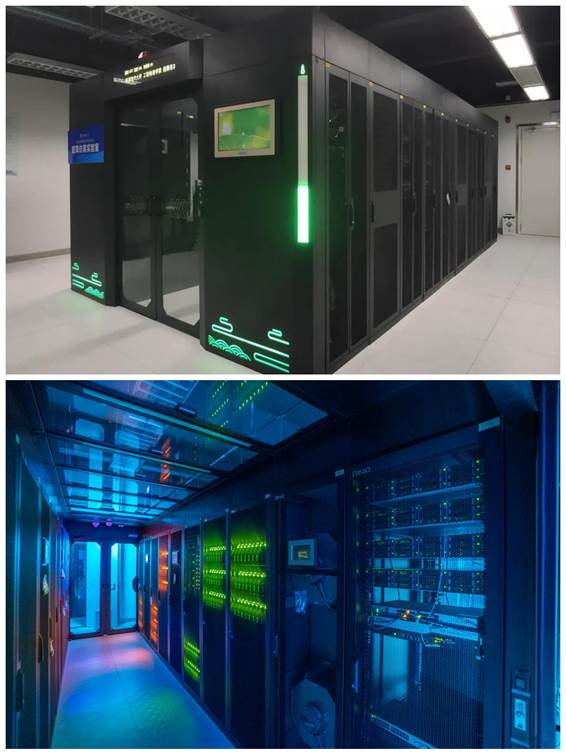Prof. Zhou Cangtao, dean of College of Engineering Physics, Shenzhen Technology University (SZTU), and his team members identify a new regime of electron beam transport in solid-density plasma. The findings were published in Physical Review Letters (IF:9.161) on December 10 titled “Nanoscale Electrostatic Modulation of Mega-Ampere Electron Current in Solid-Density Plasmas”. The first author and the first corresponding author are postdoctoral researcher Li Ran and Associate Prof. Huang Taiwu respectively. All authors are researchers and teachers from Shenzhen Key Laboratory of Ultraintense Laser and Advanced Material Technology, Center for Advanced Material Diagnostic Technology, and College of Engineering Physics. The full text of the article can be found at: https://journals.aps.org/prl/pdf/10.1103/PhysRevLett.127.245002.

The simulations are completed at the supercomputing simulation lab at SZTU’s Center for Advanced Material Diagnostic Technology with the capability to perform up to 600 trillion calculations per second. [Photo/College of Engineering Physics]
Transport of relativistic electron beams (REBs) in dense plasmas is of interest in many areas of research, yet the mechanism of such beam-plasma interaction is still not well understood. In recent years, SZTU researchers have studied the dynamics and evolution of the current filaments with their transverse dimension on the order of the skin depth ≪ 0.1 μm based on their three-dimensional particle-in-cell simulations. The research reveals the existence of a new regime of high-current electron beam transport in solid-density plasma, where the REB can break up into nanoscale electron bunches by self-excited strong oscillating transverse electrostatic fields. Understanding such process underpins many novel applications of high-power lasers.

The REB can break up into nanoscale electron bunches by self-excited strong oscillating transverse electrostatic fields. [Photo/College of Engineering Physics]
Drafted by Daisy(姚琦)/ International Cooperation & Student Affairs Office
Revised by International Cooperation & Student Affairs Office
Edited by International Cooperation & Student Affairs Office
